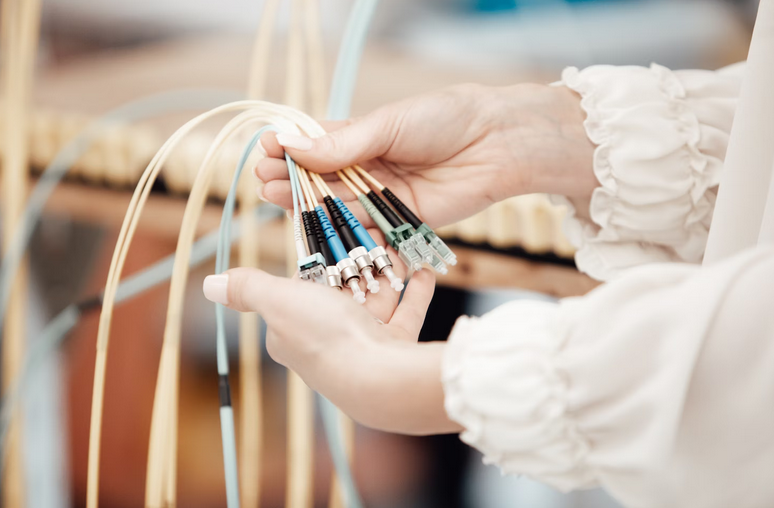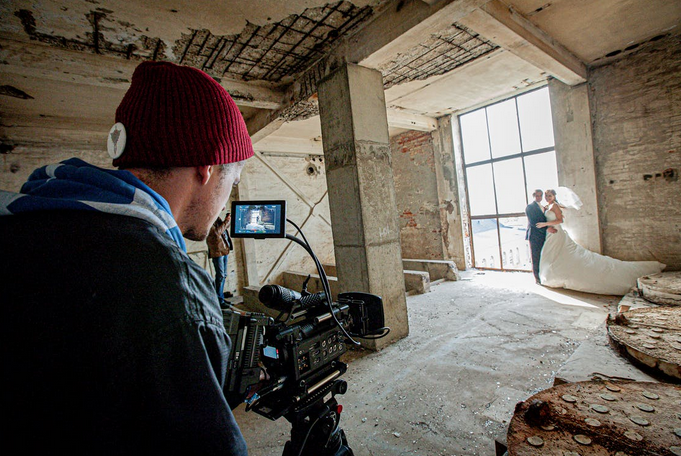How to Choose the Right Virtual Office Provider for Your Business
In today’s fast-paced business landscape, virtual offices have become a game-changer for entrepreneurs and companies alike. They offer the flexibility of remote work while providing essential services that enhance professionalism. But with so many options available, how do you choose the right virtual office provider? The decision can be daunting if you’re unsure of what to look for.
Understanding your unique needs is crucial in navigating this sea of choices. Whether you’re a startup looking for credibility or an established business needing more space without overhead costs, there’s a solution tailored just for you. Let’s explore key factors to consider when selecting your ideal virtual office partner. Your path to finding the perfect match starts here!
Understand Your Needs
Before diving into the world of virtual offices, take a moment to assess your business requirements. Every organization is unique, and understanding your specific needs will guide you in making an informed choice. Consider the nature of your work. Do you need a prestigious mailing address for client meetings? Or are basic administrative services enough? Think about how often you’ll require physical space. Some providers offer coworking options, while others focus solely on remote support.
Location
The location of your virtual office can significantly impact your business image. Checking virtualoffice.melbourne, for instance, is recommended if your business is based in the area. A prestigious address lends credibility and professionalism, making it easier to establish trust with clients. Consider where your target audience is based. An office in a prominent area might attract more local customers. However, if most of your clientele operates remotely, accessibility becomes less critical. Think about the benefits of having an address in a major city versus a suburban area.
Service Offerings
![]()
When selecting a virtual office provider, examine their service offerings closely. Each business has unique requirements, and the right provider should cater to those needs. Look for essential services like mail handling and telephone answering. These are crucial for maintaining professionalism without the overhead costs of a physical space. Some providers also offer meeting room access, which can be invaluable when you need to impress clients or conduct team workshops. Additional features include administrative support or IT services. These can streamline operations while allowing you to focus on your core business activities.
Technology and Features
When selecting a virtual office provider, technology plays a crucial role. Look for services that offer robust digital capabilities. A reliable online platform can streamline communication and enhance productivity. Features such as video conferencing tools and collaborative software can significantly improve your team’s interaction. These elements help maintain strong connections, regardless of physical distance. Additionally, consider the availability of cloud storage solutions. This ensures that important documents are accessible anytime and anywhere.
Flexibility and Scalability
Flexibility is a key advantage of choosing the right virtual office provider. Your business needs can change rapidly, and having options allows for quick adjustments without major disruptions. Look for providers that offer customizable plans. Whether you need more meeting space or additional phone lines, flexibility can make all the difference in maintaining productivity. Scalability complements this by enabling your operations to grow seamlessly. As your team expands or your services evolve, an accommodating provider ensures you won’t outgrow your virtual office setup overnight. Consider how easy it is to upgrade or modify services as you scale.
Choosing the right virtual office provider is crucial for your business’s success. Take time to assess your specific needs and priorities. The location can impact your image, so consider areas that align with your target audience. Considering all of this will help guide you toward making an informed decision about which virtual office provider fits best with your vision for growth and efficiency.


